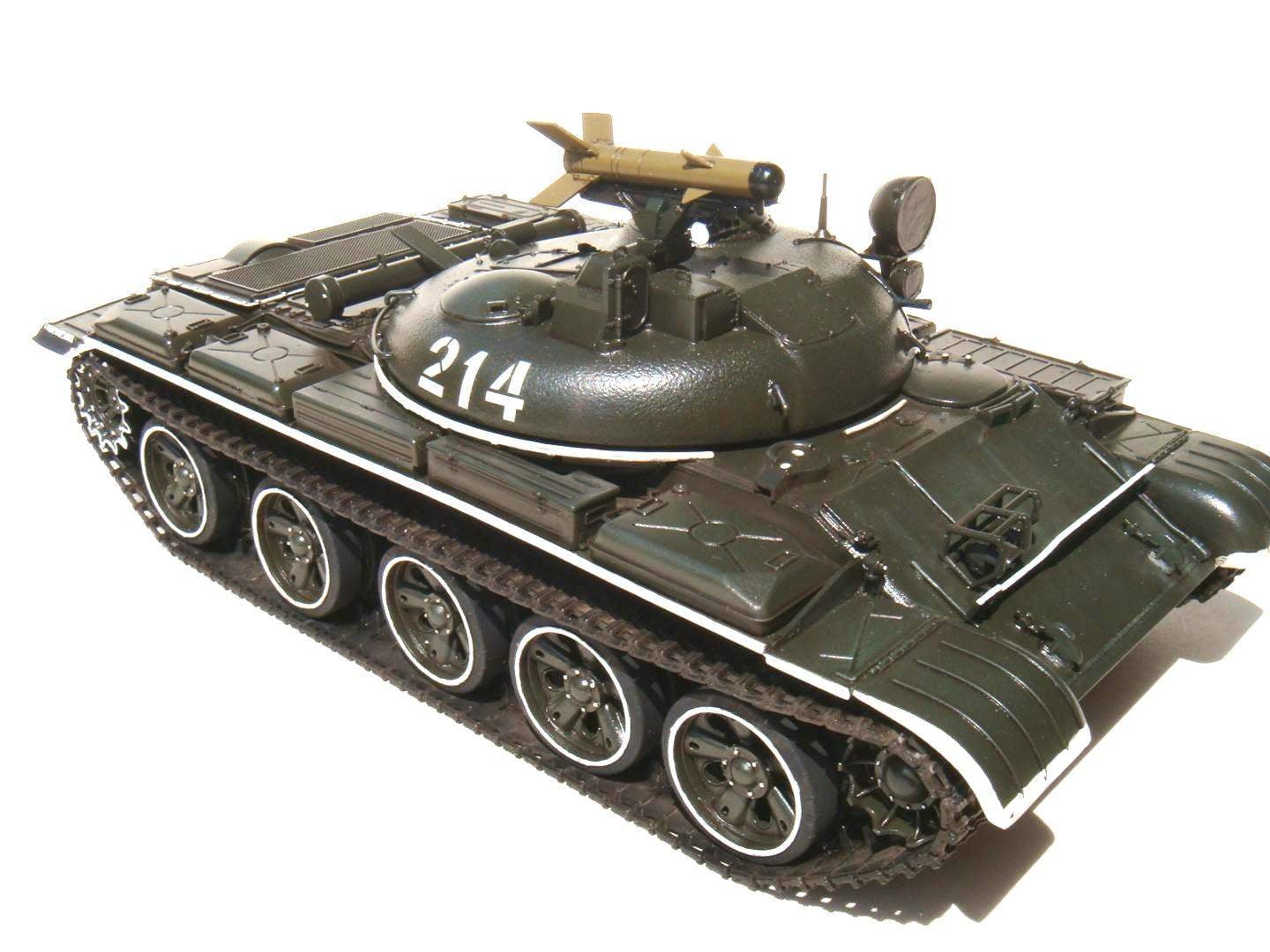Testing of experimental rocket tanks, “287 sample” and “model 775” live-fire have not been successful because of the unreliability of the action of launchers, but their finishing was not completed due to adopting the it-1.
By the early 1970s, the views of the military leadership on the need to have a battle-ready military units of the missile tanks has changed. It 1 had gun arms, so use them in advanced orders at rapprochement with the enemy caused some issues. To support with ATGM could be used as carriers and much less heavy machinery – self-propelled anti-tank missiles ATGM with the rockets through the usual cannon barrels. Thus, the missile tanks had no place in the military ranks…
The performance characteristics of the ATGM ЗМ7
Caliber, mm – 180
Launch weight, kg – 50 – 54
Length, mm 1250
The scope of the stabilizer, mm – 850
Warhead weight, kg – 5.8 to 7
The mass of the explosive, kg – 2,0 – 2,52
Warhead – cumulative
Firing range, m; maximum day – 3300, 1500, minimum day – 300, 400 m
Flight speed, m/s: maximum – medium-224 – 200 – 217
Flight time at maximum range, 15-20
Armor penetration, mm: 90° – 500 at an angle of 60° – 250
Motor is solid
Control system – semi-automatic, radiolinija, with optical tracking purpose
Weight of control equipment, kg – 520
The dimensions of the rocket in the transport position, mm – 1250x230x230
The manufacturer of the launch of the Izhevsk plant
The performance characteristics of the rocket tank the it-1
Crew. – 3
Combat weight, t – 35
Length, mm – 6630
Width, mm – 3330
Height, mm – 2200
Ground clearance, mm – 430
Booking, mm: forehead corps – 100 Board connector – 80 forehead towers – up to 200
Engine – diesel, V-type, four-stroke V-55A liquid cooling 580 horsepower
Maximum speed, km/h – 50
Cruising on the highway, km – 500
Specific power, HP/t – 16,8
Armament – anti-tank missile system 2К4 “Dragon”; 7.62-mm machine gun PKT
Missile – antitank ЗМ7
Ammunition:
missiles -15
7.62 mm rounds – 2000
Type of launcher is built into the tower
Transfer time from traveling to the willingness, min -1 — 1,5
A time of transition in the firing position, C – 6
The pace of launches, RDS./min – up to 5
Firing:
day – and on the move
night –
Station guidance – semi-automatic radio command 1S7
Stabilizer – plane 2ЭЗ
The Radio Station R-123
Pyropolymer – GPK-59
A means of smoke-screens – TDA
Fire fighting equipment – automatic, the composition of “3,5”, eight temperature sensors
Standard weapons: automatic AK-47 with 500 rounds of 12 hand grenades f-1 flare gun
Overcoming obstacles in m
– trench width – 2,85
– wall height – 0,8
– Ford – 1,4 (OPVT – 5)
– the rise, deg. – 32
The developer tank – Ural KBTM
The Factory “Uralvagonzavod”
Serial edition – 1968 – 1970
 In 1957 the Soviet Union began to develop missiles for army vehicles. In the Kolomna Design office of mechanical engineering B. Shavyrina studied the possibility of equipping tanks missiles as additional weapons to the placement of missile launchers on the tower. In Bureau of the Chelyabinsk tractor plant, headed by P. Isakov, the Leningrad Kirov factory, headed by Zh. Kotin, “Uralvagonzavod” by L. Kartseva was carried out design work and testing of rocket tanks.
In 1957 the Soviet Union began to develop missiles for army vehicles. In the Kolomna Design office of mechanical engineering B. Shavyrina studied the possibility of equipping tanks missiles as additional weapons to the placement of missile launchers on the tower. In Bureau of the Chelyabinsk tractor plant, headed by P. Isakov, the Leningrad Kirov factory, headed by Zh. Kotin, “Uralvagonzavod” by L. Kartseva was carried out design work and testing of rocket tanks.
